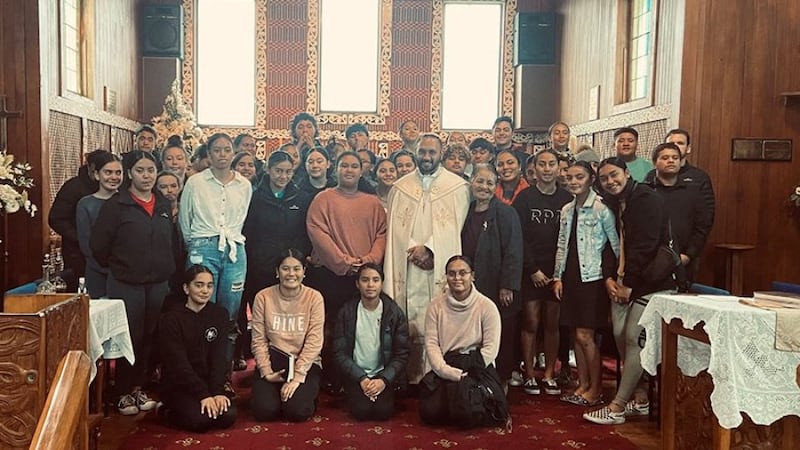The newly appointed Ahorangi Tikanga Māori at St John’s Theological College in Auckland, Te Hira Paenga, says accepting the role was like a new revelation and God's call to all Māori.
"According to the Census data of June 2020, the Māori population totalled 854,700 but we have seen a slow decline in numbers from Māori who identify with any particular religion.
"These statistics are not surprising as the bulk of our Mihinare (Māori Anglican Church) parishioners are our kaumātua, koroua, kuia, koroheke. With the mounting pressure in society and various challenges that face our people, we need to find solace and support from our faith. We need to remind ourselves of the value hāhi (religion) added to our lives through the lived examples of our parents and grandparents who were the stalwarts of parishes throughout the country."
Karakia Māori vs karakia hāhi
Paenga is a priesthood graduate who understands the methods a student must learn to better prepare themselves for kawa, tikanga and the use of karakia Māori, karakia waerea and takutaku, which are traditionally practised at special ceremonies, Māori gatherings and tangihanga.
"I personally believe it's about identifying the right place and space for te ao Māori and te ao Mihinare. It is about making the links to how they can effortlessly weave in with each other without compromising its validity - mana and tapu," he says.
Paenga is a product of Hoani Waititi Marae Kohanga Reo, Te Wharekura o Hoani Waititi Marae and a graduate with excellence at Te Whare Tū Taua o Aotearoa. Te Whare Tū Taua o Aotearoa students are taught the ancient art of Māori weaponry, which can be traced back to the time when Ranginui and Papatūānuku were separated and their children were at war. Te Hira continues to practise the traditional art form of Tūmatauenga, the God of war but remains optimistic.
"I do believe there is a need to identify the importance of various tikanga and kawa practices within ministry training. Te reo Māori is crucial to the makeup of our faith and so is tikanga and kawa. The Hāhi has always valued te reo and tikanga Māori and I'm optimistic we will see positive growth in this area."
Student enrolment
Successful applicants who apply to study at Hoani Tapu te Kaikauwhau i te Rongopai - St John’s Theological College in Auckland are sponsored. But Paenga said while resources assistance is a great pathway into the ministry, he believes it's not necessarily the primary reason for Māori youth to enrol.
Paenga says he believes ministry training comes from a longing and passion for the gospel and an openness to take on learning and its various forms while at college. "Students take on a commitment to spiritual growth, academic study and whanaungatanga, all the while preparing themselves for ordination or other various roles in the church or wider community."
"The uniqueness of our college rests with the sponsoring bishops who have nominated students across the three tikanga. Ultimately, bishops and sponsored students have either set or are working towards a ministry plan/pathway that will assist each student to return to their own parishes, communities or Amorangi etc. Ministry formation at the college takes on various forms yet it has a basic curriculum that is unique to each student."

